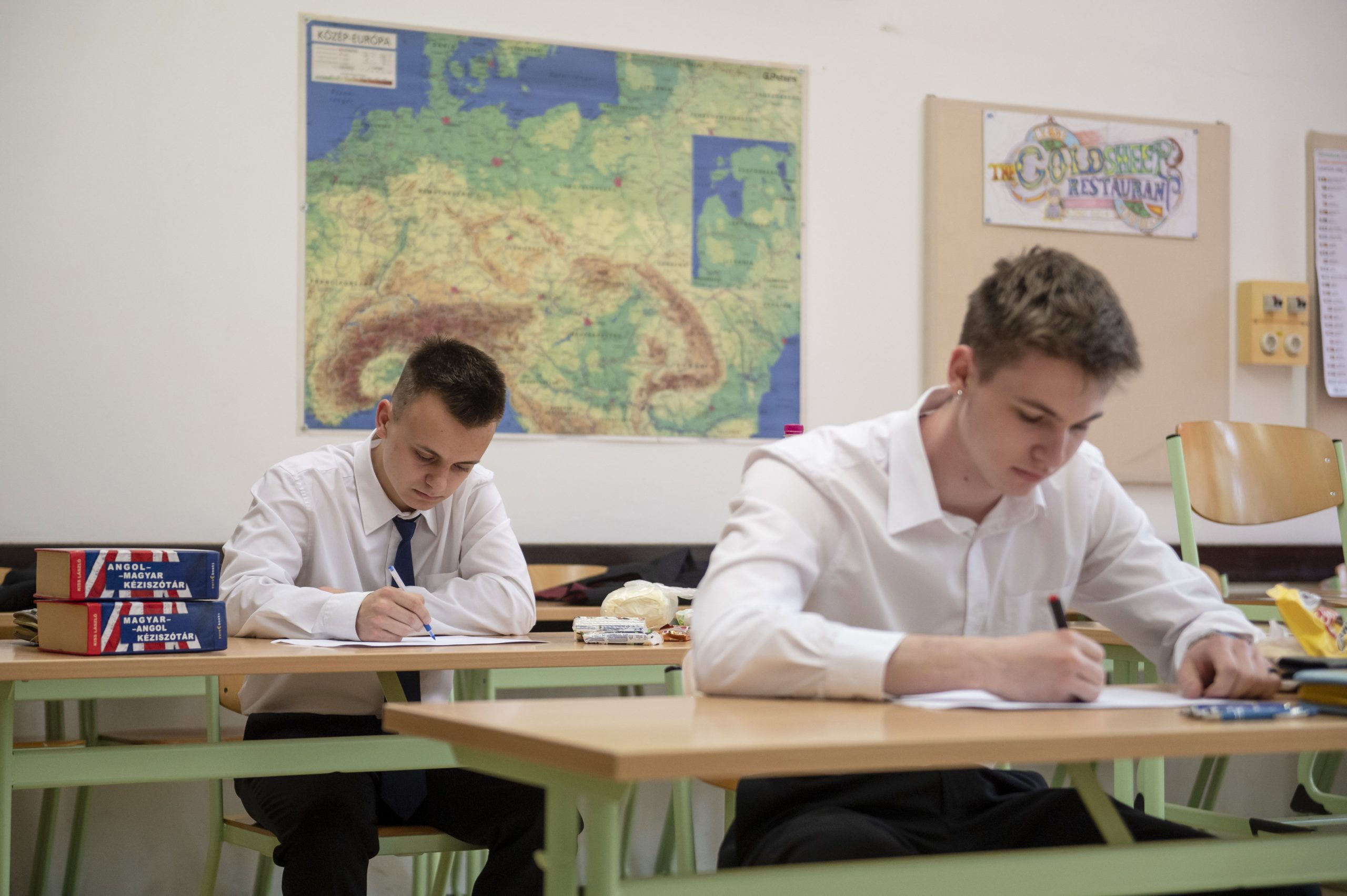
Several Hungarian students got into the world's most prestigious universities in 2021, namely MIT, Yale, and Tsinghua University.Continue reading

The educational performance of Hungarian students has considerably strengthened in recent years, according to a recent report by the Eötvös Loránd Research Network. The new analysis on the state of Hungarian public education found that the average score on competency tests have notably improved, the proportion of students achieving above-average and exceptional results has risen, and not only students, but also teachers’ foreign language skills have recently seen positive changes.
The study focusing on the performance of the Hungarian national school system, shows that the number of failures and unexcused absences has decreased in all types of schools in recent years. Language learning indicators have also improved, with the proportion of teachers with foreign language skills at all levels of education (from nursery to upper secondary school) increasing over the last ten years.
In addition, the number of students learning English intensively, i.e. for at least three to five hours a week, has increased. The proportion of higher education entrants with a language proficiency exam increased by ten percentage points from 37% in 2010 to 47% in 2020. The share of university freshmen who begin their studies with a language exam already in their hands has increased from 45 to 60 percent over the same period.
The study also cites the results of the National Competency Assessment, which highlighted that while the average performance of individual grades did not change significantly until 2017, after 2017 there were significant improvements in the results of several grades.
The proportion of low-achieving pupils also decreased markedly over the period, by around one and a half to two percent. At the same time, the group of above-average performers in the competences measure has increased significantly. This increase is largest in grade 10, but is also significant in reading comprehension in grade 8.
Moreover, the proportion of low performers in the international PISA 15-year age group has also declined.
The document also looks at the employment prospects of young people, stressing that there are far fewer unemployed people in their twenties today than in 2010.
The proportion of unemployed young people aged 20-24 and 25-29 years old fell steadily between 2012 and 2018, before rising between 2018 and 2020, with six percent of 20-24 year olds and five percent of 25-29 year olds in unemployment status in 2020. By comparison, in 2010, their share was eleven percent, which is a drop of half.
Featured photo illustration by Péter Komka/MTI